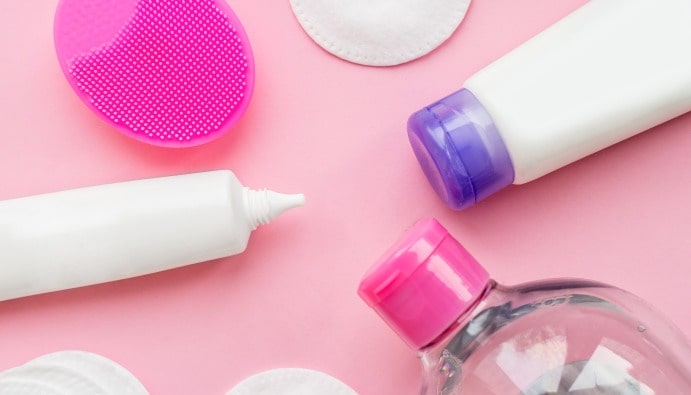
BLOG
KATEGORİDEKİ DİĞER YAZILAR

PAHs are aromatic compounds composed of carbon and hydrogen atoms. Persistent Organic Pollutants (POPs), such as polycyclic aromatic hydrocarbons (PAHs), cause environmental challenges and health hazards due to their persistence, bioaccumulation, toxicity and long-range transport. As pure chemicals, PAHs are usually found as colorless, white or pale yellow-green solids. They have carcinogenic, mutagenic neurodegenerative disorder and teratogenic properties that make their presence in consumer care products an environmental health concern. Although there are more than 100 different PAH compounds, many of them are evaluated for health risks.
Some types of PAHs, particularly benzo[a]pyrene, are classified as carcinogens. They have also been associated with adverse effects such as skin sensitization, allergic reactions and environmental toxicity.
Trace amounts of PAHs can occur in drinking water, cosmetics, food additives and factory emissions. It is therefore important to monitor their concentrations in the environment or in products. Polycyclic aromatic hydrocarbons (PAHs) can be absorbed by the human system, redistributed between organs, metabolized, stored or excreted in the human body, negatively affect the respiratory, reproductive and neurological systems after entering the body, or cause birth defects and cancer.
Nanolab Laboratories Group continues to provide services within the scope of PAH Determination in Cosmetic Products. We also provide services in Detergent Analysis.
Contact us for more information.
You can follow us on LinkedIn for up-to-date news and posts about our services.
Follow our Instagram account to be informed about our latest blog posts.